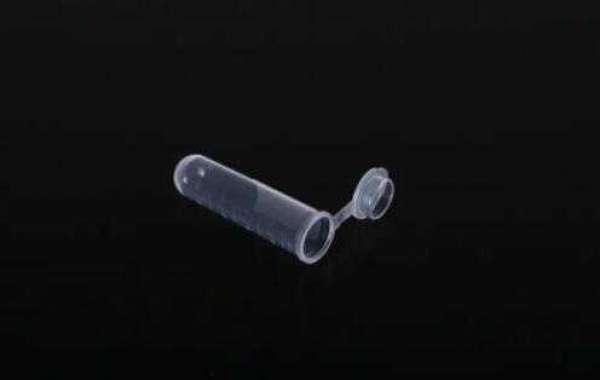Centrifuge tubes can be divided into plastic centrifuge tubes, glass centrifuge tubes, and steel centrifuge tubes according to their materials.
1. Plastic centrifuge tube
The advantage of the plastic centrifuge tube is that it is transparent or translucent, its hardness is small, and the sample can be taken out by the puncture method. The disadvantage is that it is easily deformed, has poor resistance to organic solvents, and has a short service life.
Plastic centrifuge tubes have caps. Its function is to prevent sample leakage, especially when it is used for radioactive or highly corrosive samples. It is very important to prevent sample leakage; the tube cap also has a function to prevent sample volatilization. And support the centrifuge tube to prevent deformation of the centrifuge tube. When selecting this point, pay attention to check whether the tube cover is tight, and whether it can be closed tightly during the test, so as to ensure that it is inverted and does not leak;
We all know that among plastic centrifuge tubes, the commonly used materials are polyethylene (PE), polycarbonate (PC), polypropylene (PP), etc. Among them, the performance of polypropylene PP tube will be relatively good, so we are choosing plastic centrifuge When piping, consider polypropylene plastic centrifuge tubes as much as possible.
Plastic centrifuge tubes are generally disposable experimental instruments, and it is not recommended to reuse them multiple times. In order to save money, the PP centrifuge tube can be reused according to the situation, but it needs to be thoroughly sterilized by high temperature and high pressure to ensure the scientificity of the experimental results. The centrifuge tube made of PE material cannot be sterilized by high temperature and high pressure.
Plastic centrifuge tube packaging or instructions generally indicate the centrifugal force or recommended speed that the product can withstand. In order to ensure the safety of the experiment and reliable results, a centrifuge tube that meets the requirements of the experimental speed should be selected.
2. Glass centrifuge tube
When using glass tubes, the centrifugal force should not be too large. Rubber pads are needed to prevent the tubes from breaking. High-speed centrifuges generally do not use glass tubes. The cap of the centrifuge tube is not well sealed, and the liquid cannot be filled up (for high-speed centrifuges and angle rotors are used) to prevent overflow and loss of balance. The consequence of spillage is to contaminate the rotor and the centrifugal cavity, and affect the normal operation of the sensor. During ultracentrifugation, the liquid must be filled with the centrifuge tube, because ultra-separation requires a high vacuum, and only by filling it can the centrifuge tube be prevented from being deformed.
3. Steel centrifuge tube
The steel centrifuge tube has high strength, no deformation, heat resistance, frost resistance, and chemical corrosion resistance. Its application is also quite extensive, but it should also avoid contact with strong corrosive chemicals such as strong acid and strong alkali when using it. Try to avoid the corrosion of these chemicals.
If you need to buy wholesale, please contact Fangye Centrifuge Tube Manufacturer.








